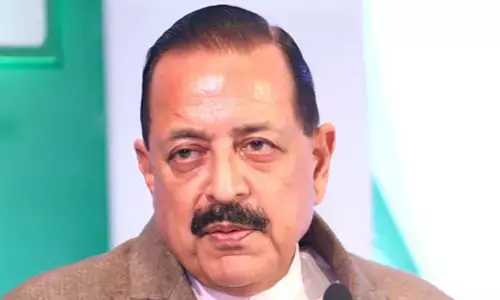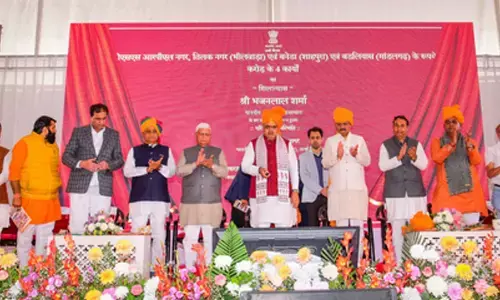Bridging boundaries: A conservationist’s journey to protect south India’s wildlife and ecosystems

In this insightful interview, we speak with G Susheel, President of the Wildlife Association of South India (WASI) and author of ‘Rogues: Elephants, Maneater & Poaches.
In this insightful interview, we speak with G Susheel, President of the Wildlife Association of South India (WASI) and author of ‘Rogues: Elephants, Maneater & Poaches.’ Susheel has dedicated decades to wildlife conservation, pioneering anti-poaching efforts and advocating for sustainable solutions to man-animal conflict. He shares his expertise on the challenges and triumphs of wildlife conservation in South India, emphasising the need for collaboration, innovation, and community involvement.
1. You are the President of WASI and were its very first employee. As someone who has seen its journey from the ground up, could you share how the four States—Kerala, Tamil Nadu, Karnataka, and Andhra Pradesh—collaborated within WASI in wildlife conservation from the 1970s to 2000?
A In WASI’s early days, we primarily worked with the Karnataka Forest Department, focusing on patrolling and anti-poaching efforts. Our activities were confined to Karnataka, but we shared intelligence with forest departments in Kerala and Tamil Nadu, often through simple phone calls. By 2010, as our work expanded into scientific research, collaborations became more formal. We began studying the Mahseer fish across Tamil Nadu and Kerala, working with the National Bureau of Fish Genetic Resources (NBFGR) to study the Pamba River system in Kerala. While our collaborations in Andhra Pradesh and Telangana were limited, we hope to expand efforts there in the future.
2. What are the common conservation challenges faced across the five States?
A: The Cauvery River faces significant human pressures, including water extraction, dams, and agricultural pollutants. These have led to habitat degradation, reduced water levels, and temperature changes, all of which harm aquatic life. The river’s role as a state boundary also complicates conservation, as poachers exploit this geography to avoid legal repercussions. Coordinated action across all States is crucial to protect this vital ecosystem.
3. Experts say habitat fragmentation is a major threat to wildlife conservation. Some reports highlight efforts to bridge fragmented landscapes in Karnataka, Tamil Nadu, and Kerala, such as the Bannerghatta-Nagar hole stretch and the Kudremukh-Aghanashini corridor. How has WASI contributed to similar efforts since the 1970s?
A: WASI has advocated for connecting aquatic ecosystems in the same way we do for terrestrial corridors. Aquatic species need unobstructed routes for migration and feeding. However, dams and infrastructure often disrupt these pathways. We have recommended solutions like fish ladders and dedicated movement zones to ensure these routes remain open. Additionally, we’ve worked with the government to expand fish sanctuaries, ensuring contiguous protection across waterways. This approach is crucial for preserving aquatic ecosystems and ensuring species survival.
Q: Your book deals with the man-animal conflict in many landscapes. With your grassroot experience, do you think intense advocacy for conservation can reduce this conflict? What is the best way forward?
A: Advocacy is important, but it must be paired with practical conservation strategies. As man-animal conflict rises, local communities often live in fear for their safety and livelihoods. Sustainable practices, such as eco-tourism and revenue-sharing models, can unlock the value of wildlife areas for communities. When people see tangible benefits from conservation efforts, they are more likely to protect these areas rather than oppose them. This transformation is essential for reducing conflict and ensuring long-term sustainability.
Through his leadership at WASI, Susheel has contributed significantly to wildlife conservation in South India. His work underscores the importance of collaboration, innovative solutions, and the involvement of local communities in protecting the region’s natural heritage.
















